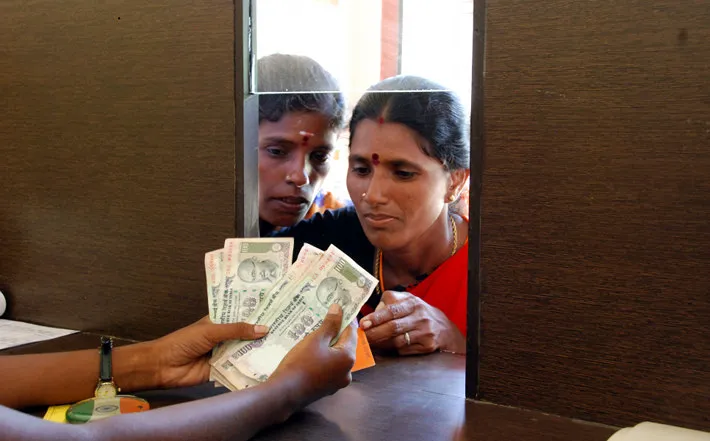Takeaways from G2012 Mexico Financial Inclusion Twitter Conference
Friday July 27, 2012 , 4 min Read
High transaction costs, physical barriers, high interest rates and loan terms are only some of the reasons that contribute to the lack of financial access to more than half of the world’s adults including many marginalized communities from building better futures.
With an intent to explore the possibilities and ways to include everyone in the formal financial sector, the future of financial inclusion was discussed at the G2012 Mexico Financial Inclusion multi-lingual #SocEntChat on Twitter held on July 25, 2012.
Here's a summary of the third session on future of financial inclusion
Panelists:
Alliance for Financial Inclusion (AFI) - Robin Newnham and Bernadette Victorio
Jatinder Handoo, Manager - Strategic Alliances FINO
Bindu Ananth, IFMR
Tara Thiagarajan, Madura Microfinance
FUNDEFIR, Salomon Raydan

Summary of the Twitter conference on Future of Financial Inclusion:
The chat began by looking at some of the big trends in financial inclusion including digitization, blurring of distinctions between financial product distribution and advice, inclusion that would go beyond consumption smoothening solutions and solve more complex problems like retirement and portfolio diversification. The first question put forth to the panelists was on the benefits of financial inclusion for undeserved and excluded communities. Interesting answers were put forth by panelists and participants alike. The need to empower entire communities (crowd funding) including educating women on financial management, apart from the need for better management than creation of new resources was also recognized.
Moving from the benefits, the focus shifted to the likely innovations in financial inclusion including digitization, agent and mobile banking, product, process and channel innovations apart from investment incentives for the private sector to develop cost effective, customized solutions to address pressing issues. The trend of moving from savings towards micro credit and from banking towards self-finance groups as a change from the traditional belief of seeing formal banking as the only safe financial service was also seen as a significant innovation.
With the world being the era of social media and technology, the next question to the panelists was posed on the role of social media and technology in financial inclusion. Social media was seen as a way to provide social proof for procuring financial services. Social media as a means to promote different type of financial transactions between people without banks was also seen as a possibility. While some of the organizations that use technology extensively like Kiva, m-pesa and Rang De were discussed, it was also realized that the only way forward for financial inclusion is scalable technologies and not just experiments.
With the future of financial inclusion on the discussion table, it was only prudent to discuss community based models and their contribution to advance financial inclusions. The need for financial education for both clients and financial institutions alike was seen as one of the needs of the hour. Micro pension through self-help groups was also seen as another insight.
The next question to the panelists was on the role of startups in financial inclusion. With startups being unique positioned to challenge the status quo, they were seen as a force to push innovation forward by pursuing new ideas. The other possible roles for startups that came during the chat were to identify new consumer needs, identify new business opportunities and point out where innovation is needed. Some of the other interesting insights were around school savings and success stories of school savings in U.S.A and Africa.
In an attempt to summarise the main lessons and best practices of financial inclusions, the last question was put forth to the panel. While several pointers did emerge, it was also concluded that this sector was too new to pick the best practices. That said, the need for lot more innovations and breaking of the mould was also recognized. The signing of the Maya Declaration for financial inclusion by over 80 countries is seen as a huge sign of hope to achieve the dream of freeing the economically backward people from their financial miseries.






![[Funding alert] Wonderchef raises Rs 150 Cr led by Sixth Sense Ventures](https://images.yourstory.com/cs/2/b87effd06a6611e9ad333f8a4777438f/funding-1630344931171-1636700432294.png)

